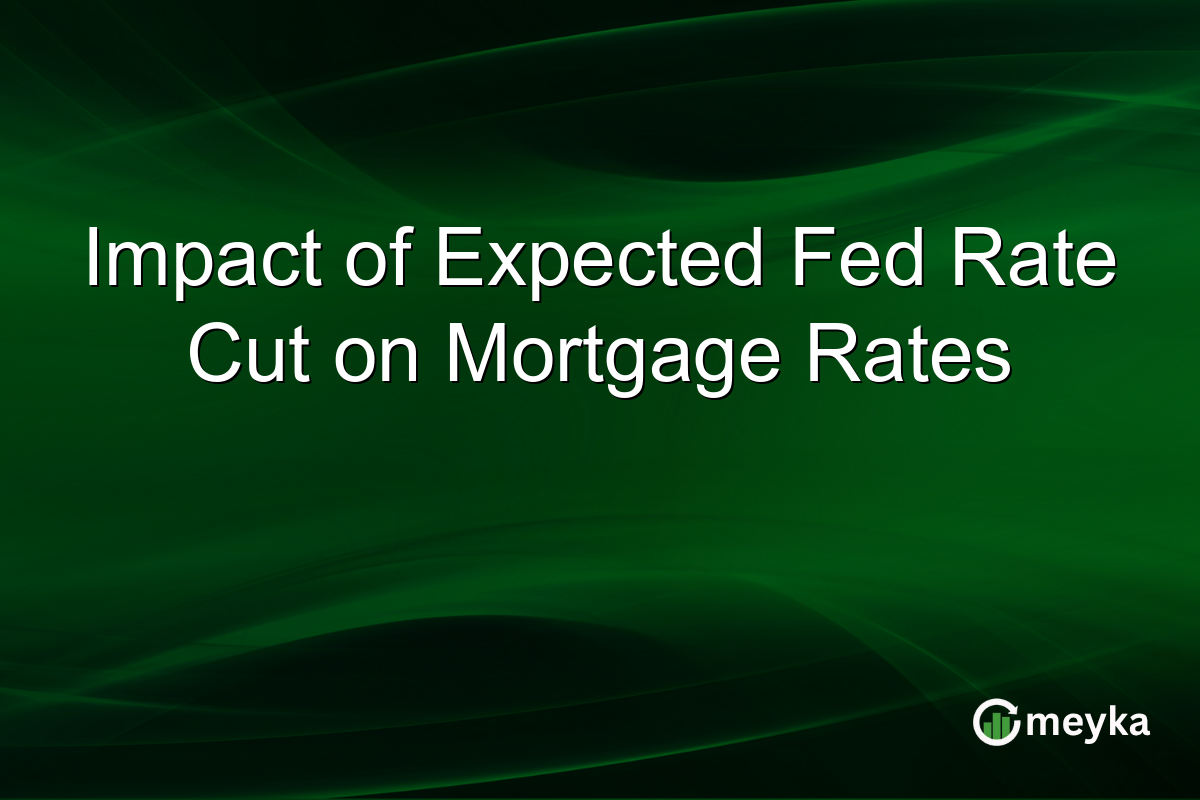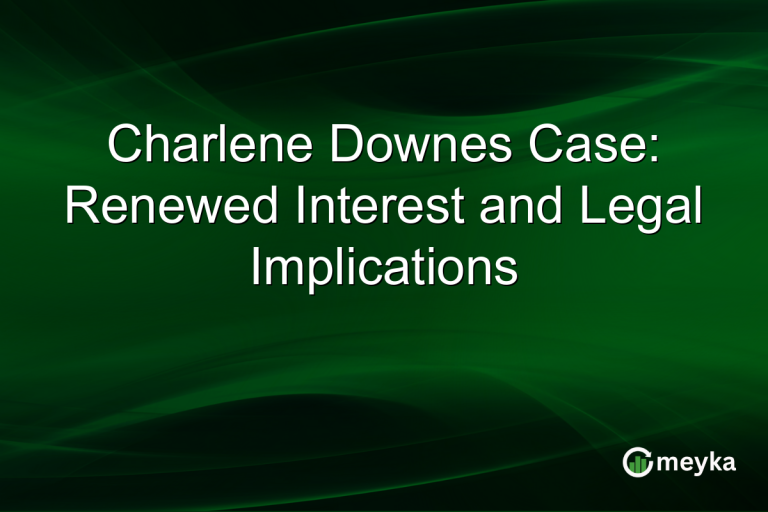Impact of Expected Fed Rate Cut on Mortgage Rates
With the Federal Reserve moving toward another rate cut before Halloween, the financial market is on edge. Investors are keenly observing how this expected quarter-point reduction might influence mortgage rates, and, ultimately, consumer and business finances. Historically, rate cuts aim to boost spending, but they come with nuanced effects on different financial products.
How Interest Rate Cuts Affect Mortgages
When the Federal Reserve lowers interest rates, it often leads to a ripple effect across financial markets. A key area impacted is mortgage rates. By reducing rates, the Fed makes borrowing cheaper, which can lower mortgage rates. This is especially beneficial for homebuyers looking to lock in low rates or for homeowners considering refinancing their loans.
Typically, when the Fed cuts rates, banks tend to lower their own interest rates. This includes mortgage-specific rates, potentially resulting in a notable mortgage rates drop. However, the correlation isn’t always direct or immediate. Fluctuations in the bond market and investors’ sentiment can affect how quickly mortgage rates respond.
Expected Changes in Credit Card Interest
The Fed’s rate cuts also impact credit card interest rates, although in a less direct manner than mortgages. Most credit card interest is variable and linked to the prime rate, which often moves in tandem with the Fed’s changes.
As the Fed cuts rates, credit card companies may gradually lower their rates. This could lead to reduced interest charges for consumers carrying balances. It’s good news for consumers who may find themselves saving more on interest payments each month. However, the degree to which credit card rates change largely depends on individual banks’ policies.
Anticipated Market Reactions
Investors are largely optimistic about the Fed’s upcoming decision. A rate cut is generally perceived as a move to encourage economic activity by making borrowing cheaper. Analysts expect this to boost both consumer spending and business investments.
Stock markets typically react positively to rate cuts, as borrowing costs decrease for companies. This can lead to a surge in investments, increasing business growth. However, it’s important for investors to stay cautious, as market sentiment can quickly change based on broader economic indicators.
Potential Long-term Effects
In the long run, repeated interest rate cuts can have mixed effects. While they make loans cheaper and can spur economic activity, they may also signal underlying economic issues needing such intervention.
Long-term rate cuts can impact savers negatively, as they may receive lower returns on savings accounts and certificates of deposit. For investors, while cheaper borrowing encourages growth, it also aligns with potential inflation risks, which can affect investment strategies. Therefore, it’s critical to balance these aspects when making financial decisions.
For more insights, refer to this detailed analysis from Freep: Full Article.
Final Thoughts
In conclusion, the forthcoming Federal Reserve rate cut is expected to have significant effects on mortgage rates and credit card interest. For homeowners, this presents an opportunity to secure lower mortgage rates, potentially saving on monthly payments. Credit card holders may also benefit from reduced interest charges. However, investors should consider both the short-term benefits and long-term implications of such rates on the overall economy. Utilizing platforms like Meyka can help stay updated with real-time financial changes, aiding in better decision-making.
FAQs
Fed rate cuts generally lead to lower mortgage rates, making home loans cheaper. However, it’s important to note that changes in mortgage rates may not happen immediately and can depend on market conditions.
Interest rate cuts can reduce credit card rates, especially for variable-rate cards tied to the prime rate. This can lead to less interest accruing on balances, providing financial relief to consumers.
Mortgage rates may take days or even weeks to adjust after a Fed rate cut. They are influenced by factors like bond market reactions and lender policies. It’s advisable to monitor rates closely if you’re considering refinancing or a new mortgage.
Disclaimer:
This is for information only, not financial advice. Always do your research.






